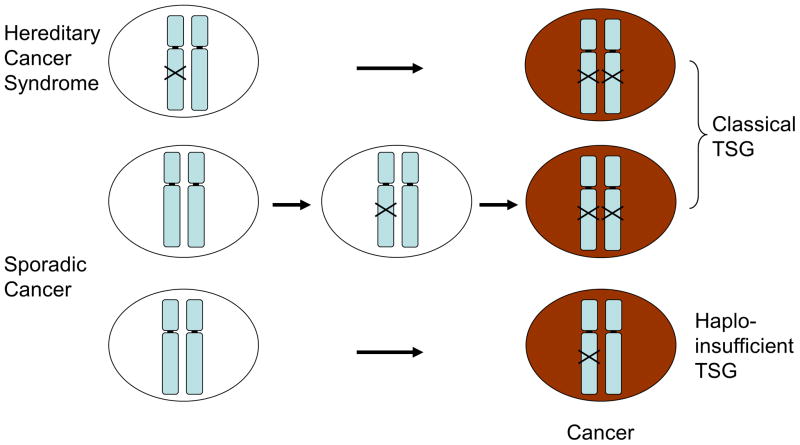Figure 1. Tumor development caused by classical and haploinsufficient tumor suppressor genes.
Top panel: In case of hereditary cancer syndrome (e.g. Li-Fraumeni syndrome), one TSG locus is mutated in all the chromosomes, and inactivation of the intact allele leads to cancer following the two-hit hypothesis by Dr. Knudson (1). Tumor development is much accelerated because only a single hit on the TSG locus leads to total inactivation of the gene leading to carcinogenesis.
Middle panel: Tumor development in classical TSGs. It will take longer than the above for the tumor to develop since biallelic inactivation of the locus is needed.
Lower panel: Tumor development in haploinsufficient TSGs. It will take more time for tumor(s) to develop than classical TSGs since collaboration of mono-allelic loss with other genetic alteration(s) are required.

